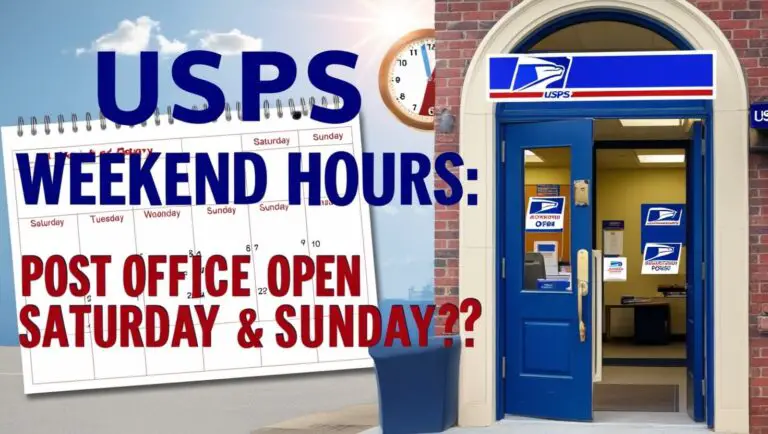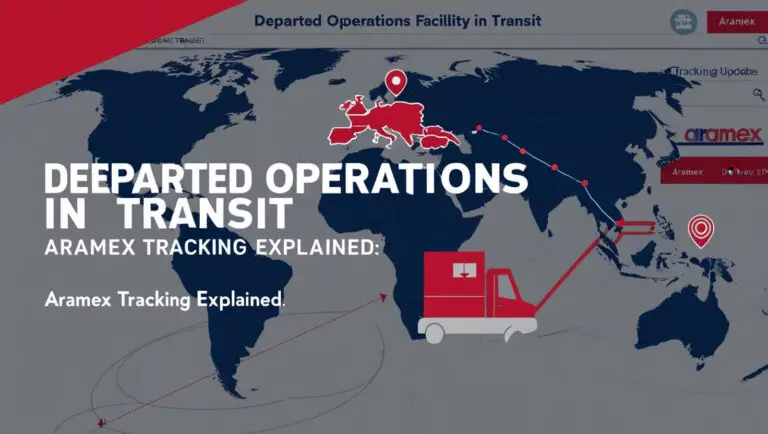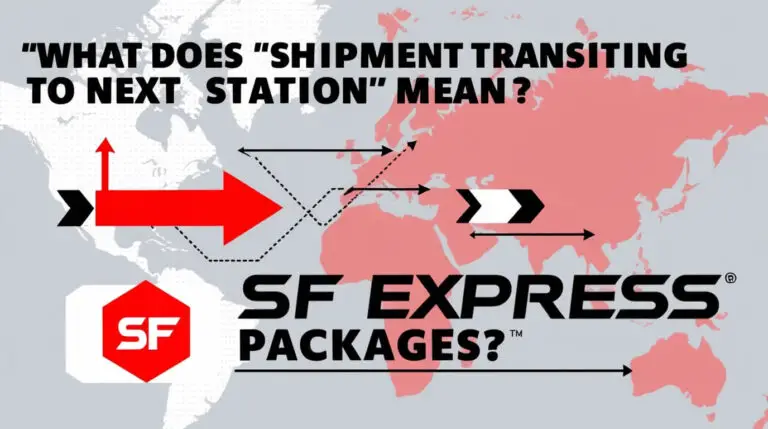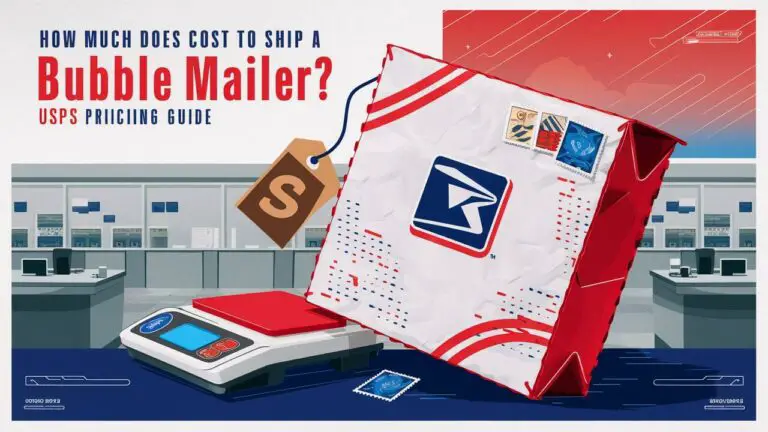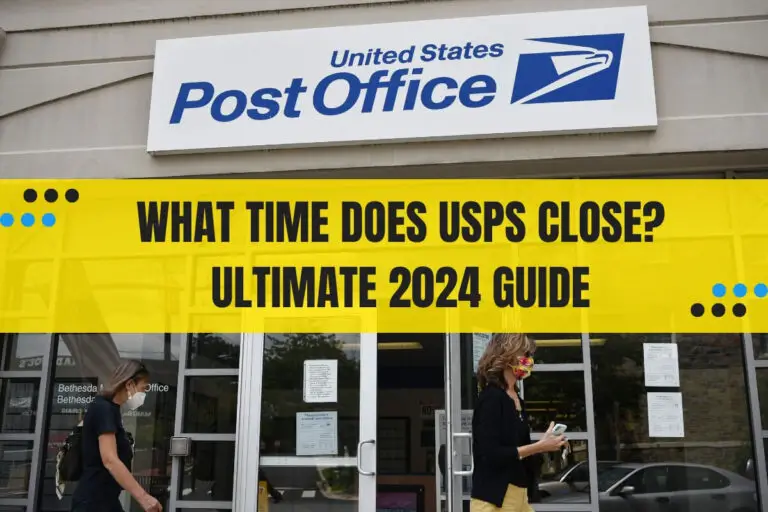Can You Mail Prescription Drugs? Rules, Risks, and Regulations
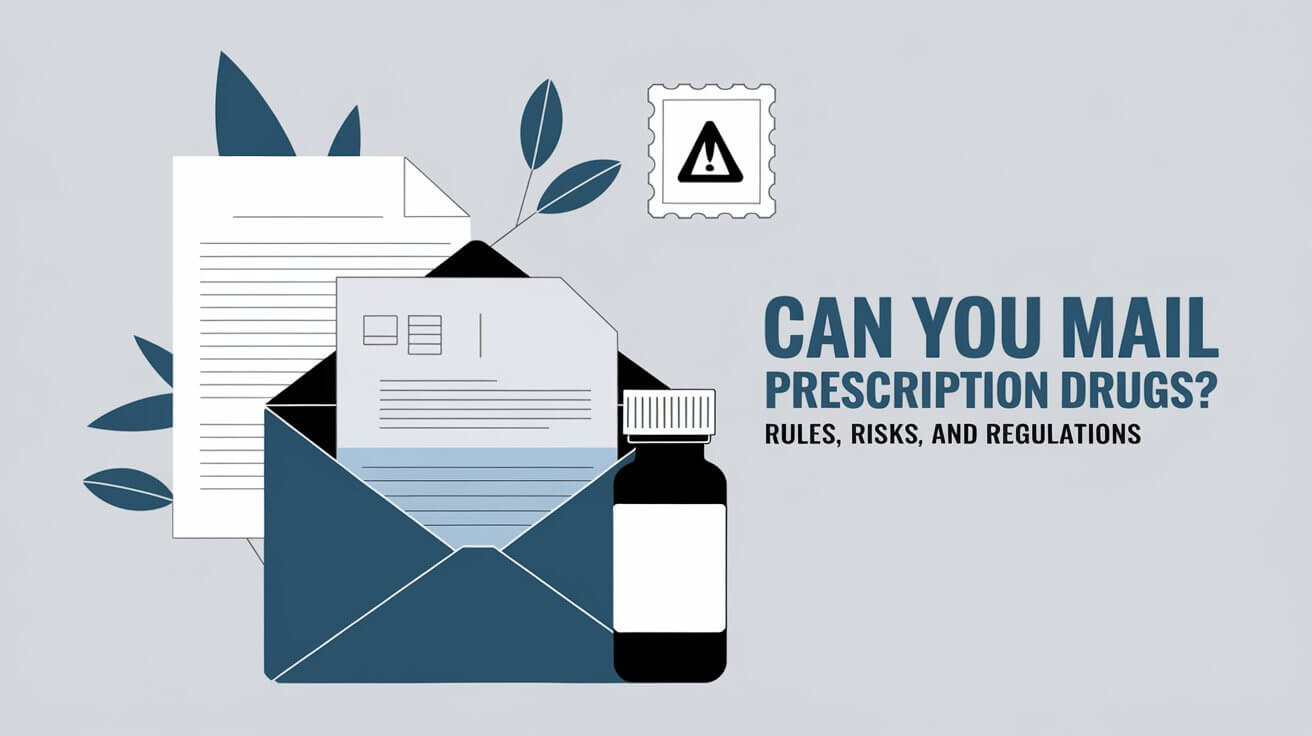
Mailing prescription drugs requires following legal rules, proper packaging, and selecting an appropriate shipping service. This guide explains how to send prescription medications through the mail, covering legal aspects and practical advice.
Legal Aspects of Mailing Prescription Drugs
Federal Regulations
The U.S. government strictly controls the mailing of prescription drugs. The Controlled Substances Act (CSA) and the Food, Drug, and Cosmetic Act (FDCA) set the rules. These laws aim to keep people safe and prevent drug abuse.
Under federal law, only certain groups can mail prescription drugs. These include:
- Drug manufacturers
- Licensed pharmacies
- Medical practitioners
- Registered agents of drug makers
If you’re not on this list, mailing prescription drugs is illegal. Breaking these rules can lead to serious trouble.
State Laws
Each state has its own rules about mailing prescription drugs. Some states are stricter than others. It’s crucial to check your state’s laws before sending any medication.
For example, some states require special licenses for mail-order pharmacies. Others have rules about how drugs must be packaged. Knowing your local laws helps you avoid legal issues.
DEA Registration Requirements
The Drug Enforcement Administration (DEA) plays a big role in regulating prescription drug mailing. Most entities that handle controlled substances need DEA registration.
This registration proves that the sender is allowed to handle these drugs. It also helps the DEA track the movement of controlled substances. Without this registration, mailing certain prescription drugs is illegal.
Who Can Legally Mail Prescription Drugs?
Authorized Entities
As mentioned earlier, only specific groups can legally mail prescription drugs. Let’s break it down:
- Drug manufacturers: They can ship drugs to pharmacies and healthcare providers.
- Licensed pharmacies: These can mail prescriptions to patients.
- Medical practitioners: Doctors can send medications to their patients.
- Registered agents: They work on behalf of drug manufacturers.
If you’re not in one of these groups, you can’t legally mail prescription drugs.
Exemptions from DEA Registration
Some people don’t need DEA registration to mail prescription drugs. These exceptions include:
- Military personnel
- Law enforcement officers
- Civil defense workers
These groups can mail prescription drugs for official duties without DEA registration. But they still need to follow other mailing rules.
The Process of Mailing Prescription Drugs
Proper Packaging Techniques
Packaging prescription drugs for mailing isn’t like wrapping a birthday gift. It requires careful planning and execution. Here’s what you need to know:
- Use sturdy, tamper-evident packaging.
- Protect drugs from moisture, light, and temperature changes.
- Include padding to prevent damage during transit.
- For liquids, use leak-proof containers and absorbent materials.
Good packaging keeps medications safe and effective during shipping.
Labeling Requirements
Clear labeling is crucial when mailing prescription drugs. It helps ensure the package reaches the right person and is handled correctly. Labels should include:
- Recipient’s name and address
- Sender’s name and address
- Any special handling instructions (like “Keep Refrigerated”)
For controlled substances, the inner package needs special labeling. This includes the prescription number and pharmacy details.
Documentation Needed
Proper documentation is a must when mailing prescription drugs. This paperwork proves the shipment is legal and helps track the medication. Required documents may include:
- A copy of the prescription
- Proof of DEA registration (for controlled substances)
- Customs forms (for international shipments)
Keep copies of all documentation for your records. This can help if there are any questions about the shipment later.
Choosing a Shipping Method
USPS Guidelines
The United States Postal Service (USPS) has specific rules for mailing prescription drugs. Here’s what you need to know:
- Only authorized entities can mail prescription drugs through USPS.
- Controlled substances require special packaging and labeling.
- Some prescription drugs may not be mailable at all.
USPS offers various shipping options, from First-Class Mail to Priority Mail Express. Choose based on how quickly the medication needs to arrive.
Private Courier Options (UPS, FedEx, DHL)
Private couriers offer alternatives to USPS for mailing prescription drugs. Each has its own rules and services:
UPS:
- Offers healthcare-specific shipping solutions
- Provides temperature-controlled shipping options
FedEx:
- Has a dedicated healthcare division
- Offers same-day and overnight delivery for urgent shipments
DHL:
- Provides global shipping options for pharmaceuticals
- Offers tracking and temperature monitoring services
These companies often have more flexibility than USPS. They may be better for shipping temperature-sensitive medications or international shipments.
Temperature-Controlled Shipping
Cold Chain Management
Some prescription drugs need to stay cold. This is where cold chain management comes in. It keeps medications at the right temperature from start to finish.
Key points of cold chain management include:
- Using insulated packaging
- Adding ice packs or dry ice
- Monitoring temperature during transit
Without proper cold chain management, some drugs can lose effectiveness or even become harmful.
Packaging for Temperature-Sensitive Medications
Shipping temperature-sensitive drugs requires special care. Here’s how to do it right:
- Use insulated containers designed for pharmaceutical shipping.
- Add the right amount of coolant (ice packs or dry ice).
- Include temperature indicators in the package.
- Choose expedited shipping to minimize transit time.
Proper packaging keeps drugs at the right temperature, ensuring they work as intended when they reach the patient.
Risks and Consequences of Illegal Mailing
Legal Penalties
Mailing prescription drugs illegally isn’t just against the rules – it’s a serious crime. The penalties can be severe:
- Fines up to thousands of dollars
- Prison time, potentially years
- Loss of professional licenses
- Criminal record
These penalties apply even if you’re trying to help someone. It’s not worth the risk.
Safety Concerns
Illegal drug mailing puts people’s health at risk. Here’s why:
- Drugs may be counterfeit or contaminated
- Medications could lose potency during shipping
- Patients might not get proper instructions for use
- There’s no way to ensure the drugs reach the right person
Legal channels exist to protect patients. Using them is crucial for everyone’s safety.
Alternatives to Mailing Prescription Drugs
Mail-Order Pharmacies
Mail-order pharmacies offer a legal way to get prescriptions by mail. They’re licensed and follow all the rules for shipping drugs. Benefits include:
- Convenience of home delivery
- Often lower costs
- Ability to get 90-day supplies
Many insurance plans work with mail-order pharmacies. Check with your insurer to see if this option is available.
Telemedicine Options
Telemedicine has made it easier to get prescriptions without visiting a doctor’s office. Here’s how it works:
- You have a virtual visit with a doctor.
- If needed, the doctor sends a prescription to a local pharmacy.
- You pick up the medication or have it delivered legally.
This option combines convenience with legal compliance.
International Shipment of Prescription Drugs
FDA Regulations for Imports
Bringing prescription drugs into the U.S. is tricky. The Food and Drug Administration (FDA) has strict rules:
- Most drugs imported for personal use are technically illegal.
- The FDA may allow small amounts for personal use in some cases.
- Drugs must be approved for use in the U.S.
If you need to import prescription drugs, check FDA guidelines first. It’s better to be safe than sorry.
Customs Documentation
Shipping prescription drugs internationally requires extra paperwork. You’ll need:
- A valid prescription
- A letter from your doctor explaining the need for the medication
- Customs declaration forms
- Proof that the drug is legal in both the sending and receiving countries
Even with all this, there’s no guarantee customs will allow the shipment. Be prepared for possible delays or rejections.
Tips for Safely Receiving Mailed Medications
Verifying the Source
When getting prescription drugs by mail, make sure they’re from a legitimate source. Here’s how:
- Check that the pharmacy is licensed
- Verify the prescription details are correct
- Look for proper packaging and labeling
- Be wary of deals that seem too good to be true
If something seems off, contact the pharmacy or your doctor before taking the medication.
Checking Package Integrity
When your medication arrives, inspect the package carefully:
- Look for signs of tampering
- Check that seals are intact
- Make sure the medication matches your prescription
- Verify that temperature-sensitive drugs are still cold
If anything looks wrong, don’t use the medication. Contact the sender right away.
Future Trends in Prescription Drug Delivery
Technological Advancements
The world of prescription drug delivery is changing fast. New technologies are making it safer and more efficient:
- Blockchain for better tracking
- Smart packaging that monitors temperature
- Drones for faster delivery
- AI for predicting medication needs
These advances could make mailing prescription drugs safer and more reliable in the future.
Regulatory Changes
As technology advances, regulations are changing too. We might see:
- More streamlined processes for mailing prescriptions
- Stricter rules on temperature control
- New standards for online pharmacies
- Changes to international shipping laws
Staying informed about these changes is crucial for anyone involved in mailing prescription drugs.
Mailing prescription drugs requires care. People need their medications, so we must follow rules and use approved methods. This ensures safe and legal delivery. Technology and laws are changing, which may simplify the process. For now, know the regulations, pick proper shipping, and focus on safety when sending prescription drugs.

